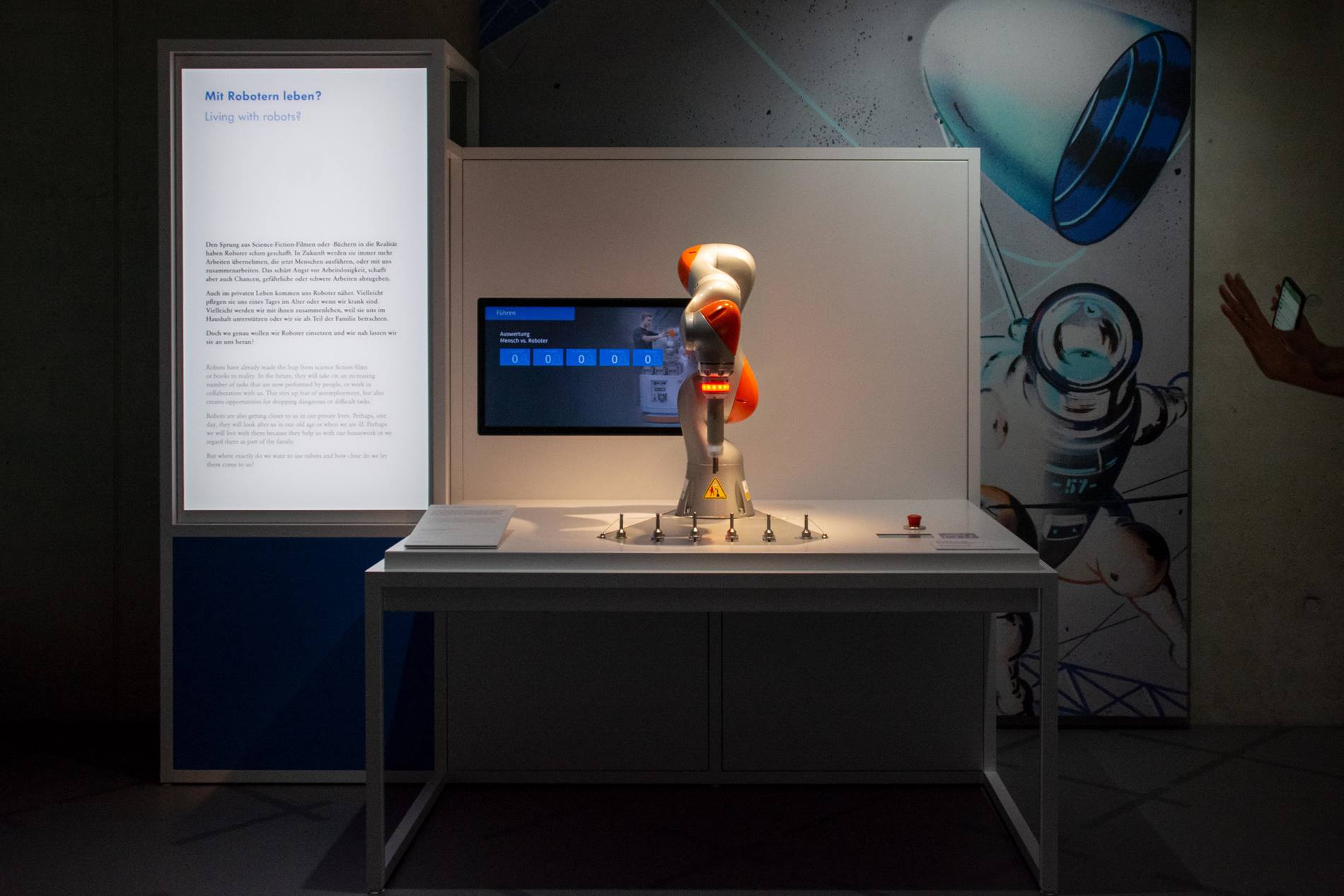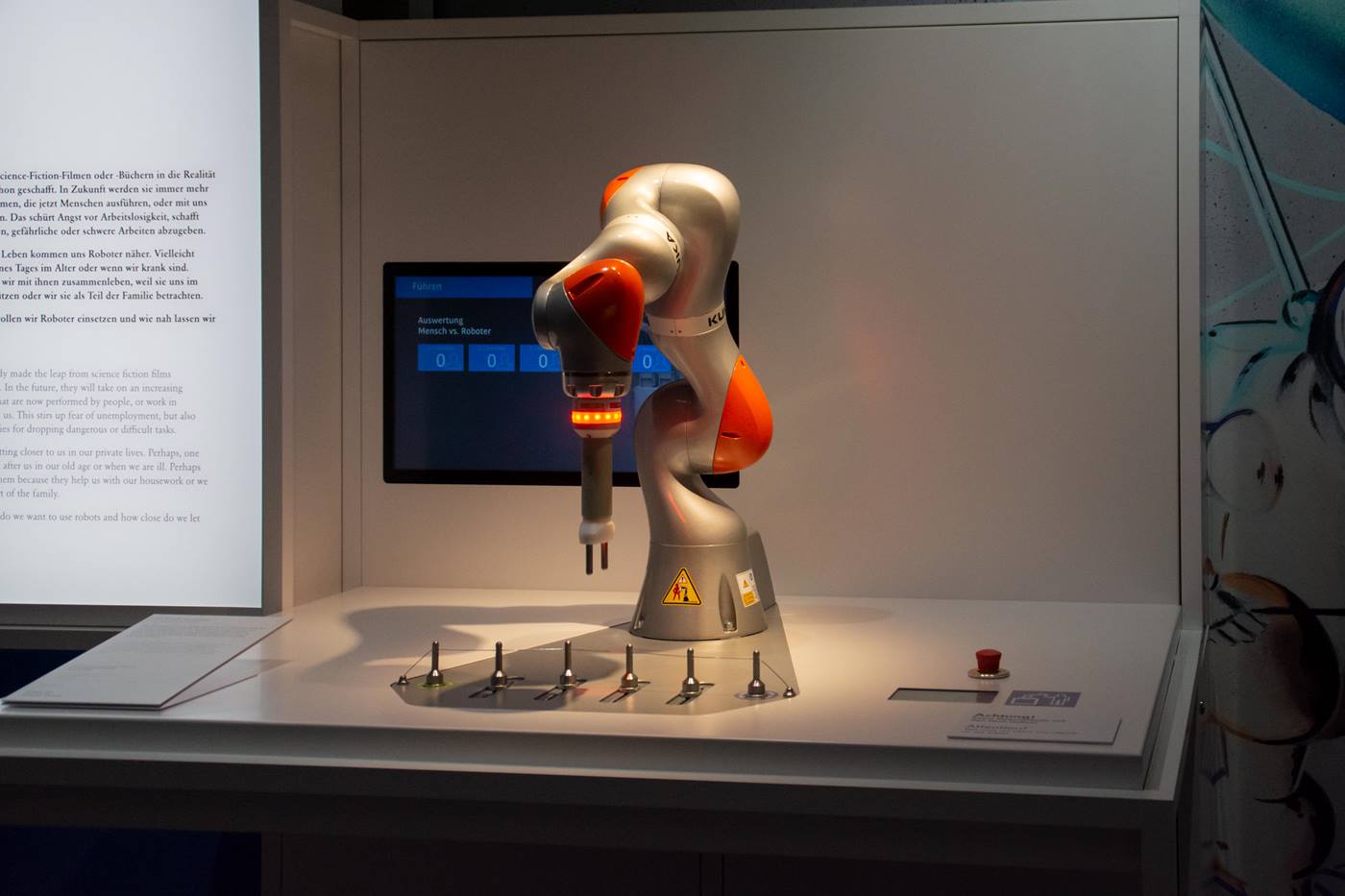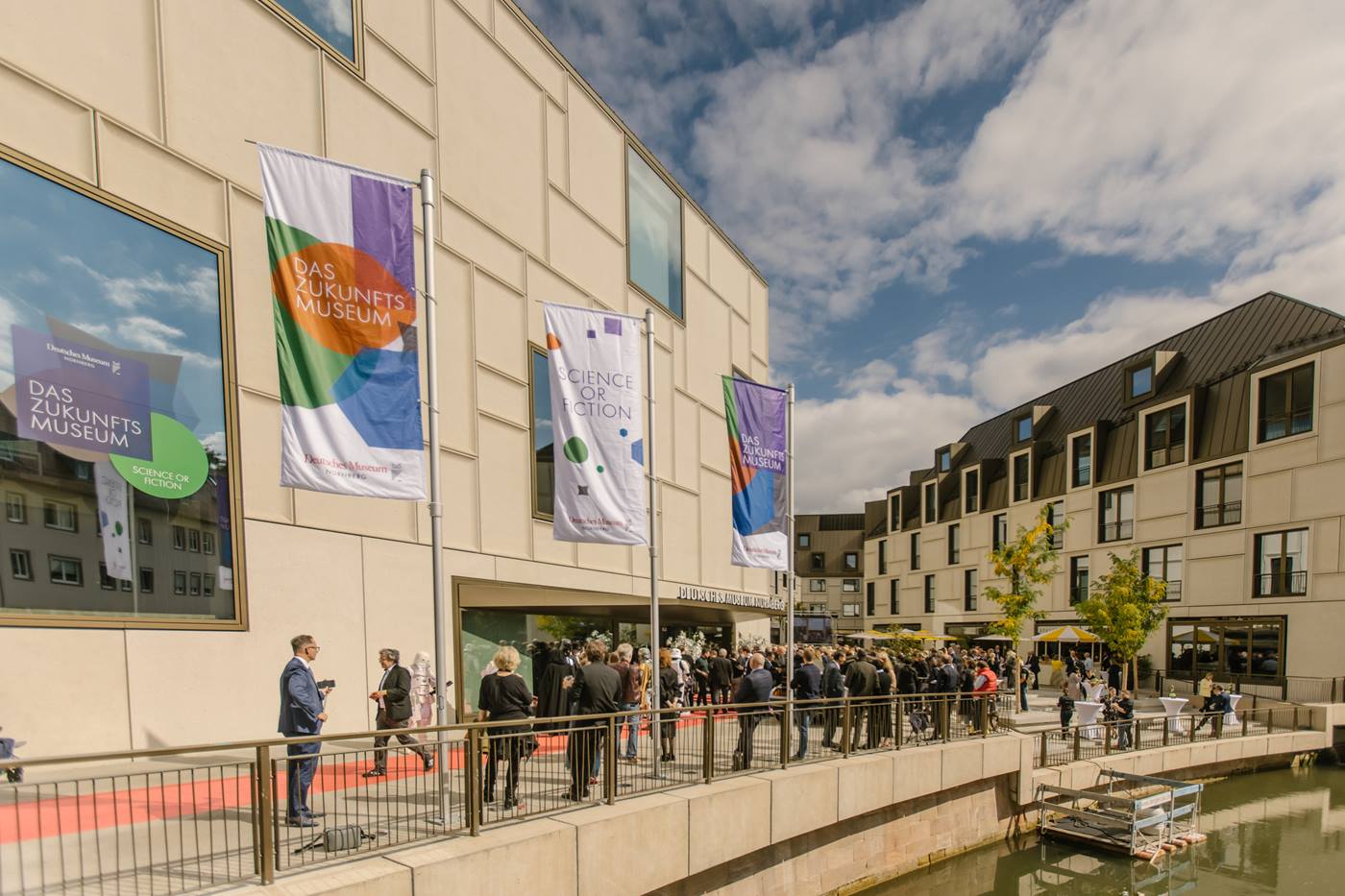KUKA Robots in Architecture
An exhibit from the University of Stuttgart shows how KUKA robots are being used in architecture. The bionic "canopy" is an impressive example of the increasing influence of robotics in architecture. Its individual modules were defined by an algorithm, manufactured with the help of a KUKA robot and realized by a team from the University of Stuttgart. After its premiere at the Victoria & Albert Museum in London, the pavilion has already been seen in other public places and is now part of the Museum of the Future.



